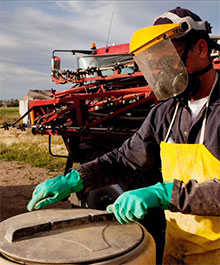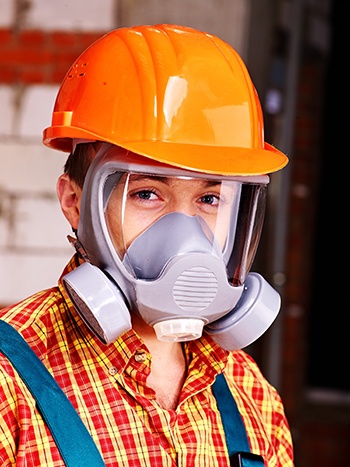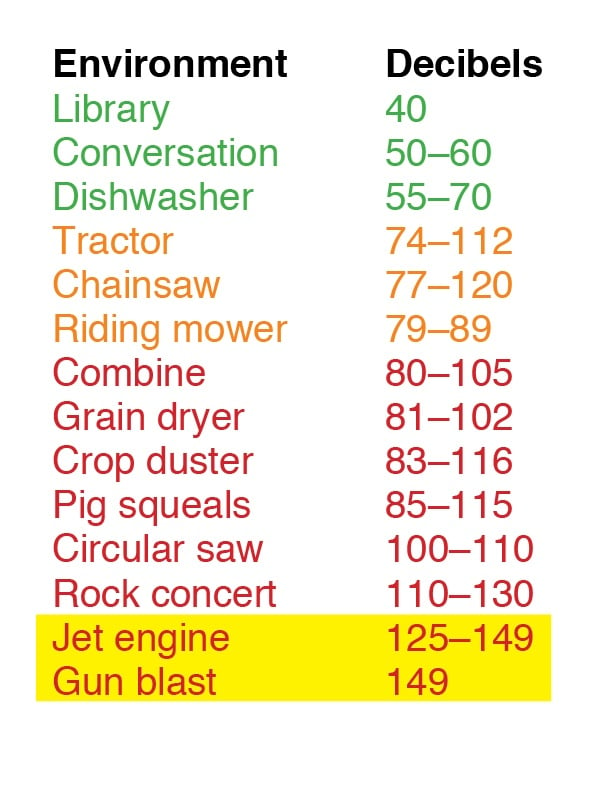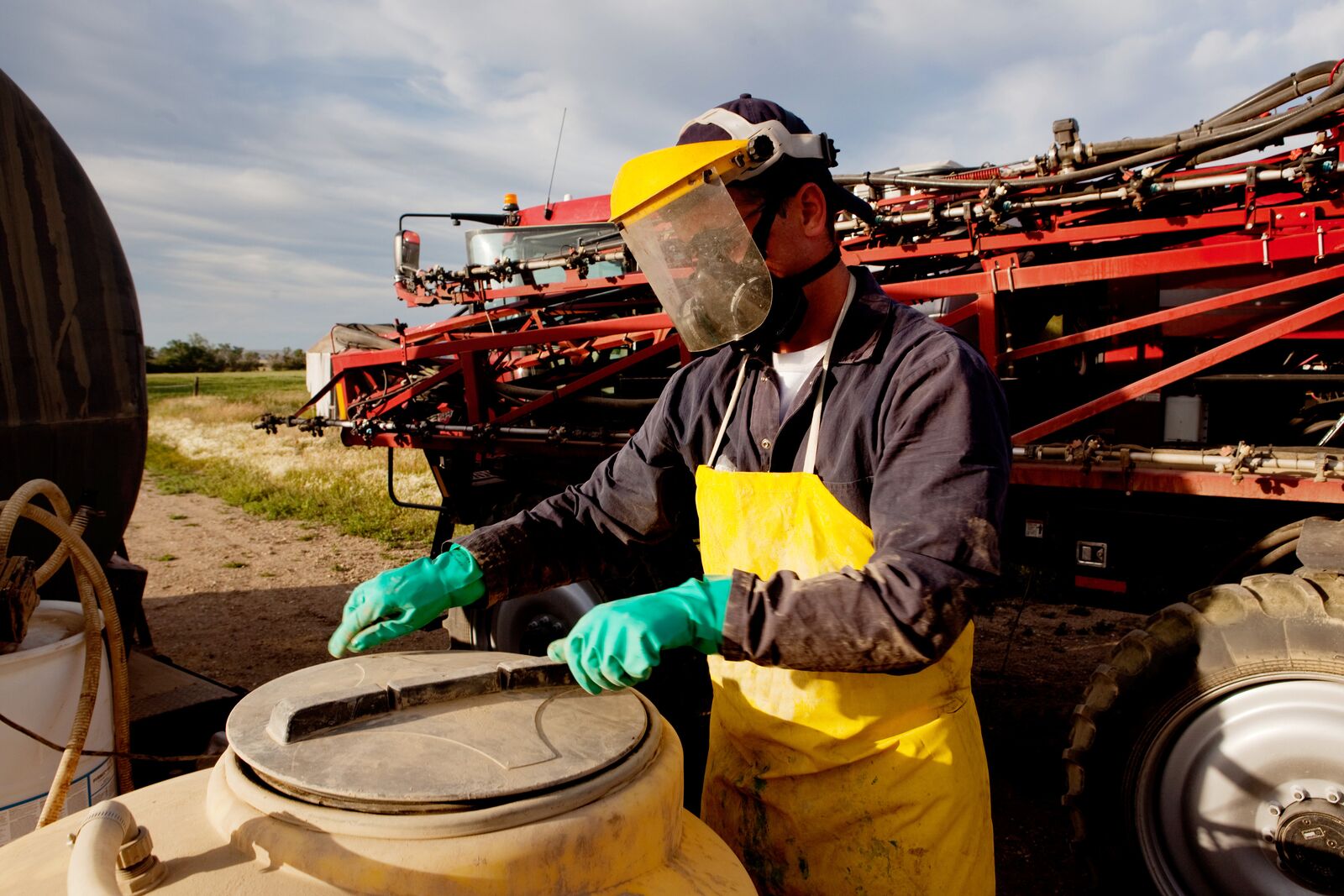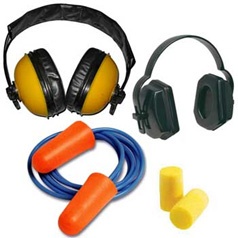We’ve talked about chemical safety before, but this is the time of year when many of us are applying anhydrous ammonia to our fields, using a wide variety of chemicals and handling thousands of pounds of seed, so here’s a brief refresher on safe handling of farm chemicals.
Anhydrous ammonia is one of the most commonly used fertilizers in agriculture. It is used as an efficient method of restoring nitrogen into the soil. It’s easy to apply and readily available.
Topics: anhydrous ammonia, chemicals, personal protective equipment (PPE)
Personal Protective Equipment: The Most Important Tool in Your Toolbox
Generally speaking, agriculture doesn’t place enough emphasis on personal protective equipment (PPE). Failure to use PPE can have devastating consequences in both the short-term and long-term.
We’ve all been there.
- Not wearing gloves when you know flowing material has sharpened the edges of the equipment you are working on to a razor edge.
- Not wearing goggles when you know the chemical you are using could harm your eyes.
- Purchasing boots without steel toes out of concern for comfort when you know the steel toe version would better protect your feet.
- Not using ear muffs when we are running the chainsaw even though you know your ears will ring for days afterwards.
Agriculture Safety Training and Respiratory Protection Equipment.
A farm—like any other industrial workplace—has its fair share of respiratory hazards that place employees at risk. Some agriculture safety hazards, primarily when transferring or mixing chemicals, involve exposure to dangerous gases, while others, such as grain bins, feed mills, livestock areas or confined spaces with poor ventilation, represent hazards that can naturally cause serious breathing difficulties.
Topics: air/respiratory, agriculture, personal protective equipment (PPE)
Farm Safety Tips: Making the Case for Hearing Protection...
On the farm, we use our hearing to do our jobs better. The problem is, when it comes to hearing safety, most threats are long term. We don’t sense any immediate harm. This week's farm safety tips address why it’s important to train your employees on hearing protection.
Topics: farm, personal protective equipment (PPE)
HERBICIDE PROGRAMS ARE CHANGING-DID YOU PREPARE TO CHANGE WITH IT?
Herbicide programs are changing from a single herbicide to a multiple herbicide mix for combating weed resistance. Multi-herbicide tank mixes require growers to be familiar with even more Safety Data Sheets (SDS) to understand all safety precautions involved. After assessing SDS sheets, plan ahead to assure you have plenty of personal protective equipment (PPE) "on hand" to get you through the season.
Topics: agriculture, chemicals, personal protective equipment (PPE)
Topics: farm, personal protective equipment (PPE)
We’ve talked about chemical safety before, but this is the time of year when many of us are applying anhydrous ammonia to our fields, using a wide variety of chemicals and handling thousands of pounds of seed, so here’s a brief refresher on safe handling of farm chemicals.
Personal Protective Equipment: Glasses, Goggles, and Face Shields
Personal protective equipment (PPE) is an important part of running a successful agricultural operation. We’ve talked about PPE in the past, but now we’re going to take a closer look at equipment to keep your eyes and face from injury.
Anhydrous ammonia is one of the most commonly used fertilizers in agriculture. It is used as an efficient method of restoring nitrogen into the soil. It’s easy to apply and readily available.
Topics: anhydrous ammonia, chemicals, personal protective equipment (PPE)

